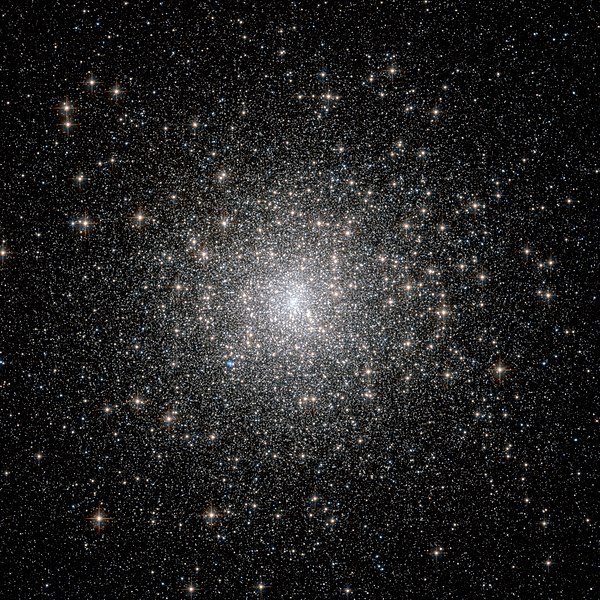ta152h0 wrote:maybe I will get flamed for this, boiled to a crisp but I don't believe there bis a " black hole " within this complex but quite possibly held in confinement by outside gravitational forces pushing this thing in from all sides equally....Ok, start the fireworks
Wolf...you seem to have an odd impression of Gravity....Gravity SUCKS...it does not "PUSH"....In fact...gravity does not "PULL" either....Say What???? Gravity is different than most people think. Gravity is not an attracting force. Gravity is not an Electro-magnetic field. Gravity is not an emanating radiation. Or ray, like light. It is not a particle...
(Well, then Boomer...just what the HELLO is it then????)
It is a SLIDE....Things....FALL....the truth is...and Galileo would point this out too...that all the objects around you...regardless of their mass....fall at the SAME RATE...that means that gravity cannot be magnetism...or electro-magnetic...as a more massive object would "PULL" the other object a little more than a lesser massive object...but this is not the case...
So...all the objects in your surrounding, EVEN THOUGH STOPPED BY THE FLOOR, are in fact still IN FREE-FALL...like weightlessness....but are STOPPED BY THE FLOOR...causing pressure that we measure with a scale as weight....it is the pressure of the FALL being stopped, that is measured.
So...STARS FALL AROUND EACH OTHER....The are not PUSHED...or PULLED.....regardless of their MASSES.... They FALL through the WARPED SPACETIME that is a creation of their mass's...EFFECT...on Spacetime....the PROOF of this ON THE EARTH IS.....TIME.....Time runs slower on the Earth, than up in Space....because SPACE is STRETCHED, LIKE A SLIDE....to the Earth, by ITS MASS....like a cannon ball on a trampoline. Thus showing that SPACE ITSELF IS drawn into the Earth, because as Einstein showed...space and time are ONE.....so, if one is warped...ergo...the other is warped...we fall in the warp....
You are not Pulled to the Earth...you Fall in the Warped Spacetime of the Earth...THUS....the Stars in the Cluster...FALL in the warped spacetime around all of them.
A black hole, there may or may not be, at the heart of the globular cluster....Ten million stars, tightly bound gravitationally, may not need a black hole to hold them, there maybe that much warp of the space around them. It can be only around 100 light years in diameter for some Globulars.
Not to FLAME you...to help you understand....because it took ME SIX MONTHS TO GET MY HEAD AROUND THE FACT THAT MASS DOES NOT ATTRACT MASS, AND THERE IS A VERY GOOD REASON THAT IS SO.....go lean on the WALL....
:---[===] *
 Omega Centauri: The Brightest Globular Cluster
Omega Centauri: The Brightest Globular Cluster , of a stable system consisting of N particles, bound by potential forces, with that of the total potential energy,
, of a stable system consisting of N particles, bound by potential forces, with that of the total potential energy,  , where angle brackets represent the average over time of the enclosed quantity. If the force between any two particles of the system results from a potential energy V(r) = αrn that is proportional to some power n of the inter-particle distance r, the virial theorem takes the simple form:
, where angle brackets represent the average over time of the enclosed quantity. If the force between any two particles of the system results from a potential energy V(r) = αrn that is proportional to some power n of the inter-particle distance r, the virial theorem takes the simple form:  . Thus, twice the average total kinetic energy
. Thus, twice the average total kinetic energy 
